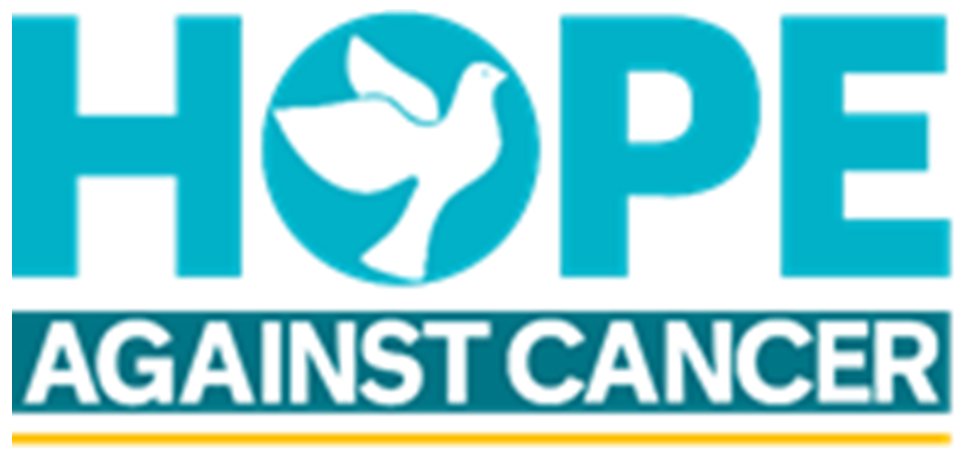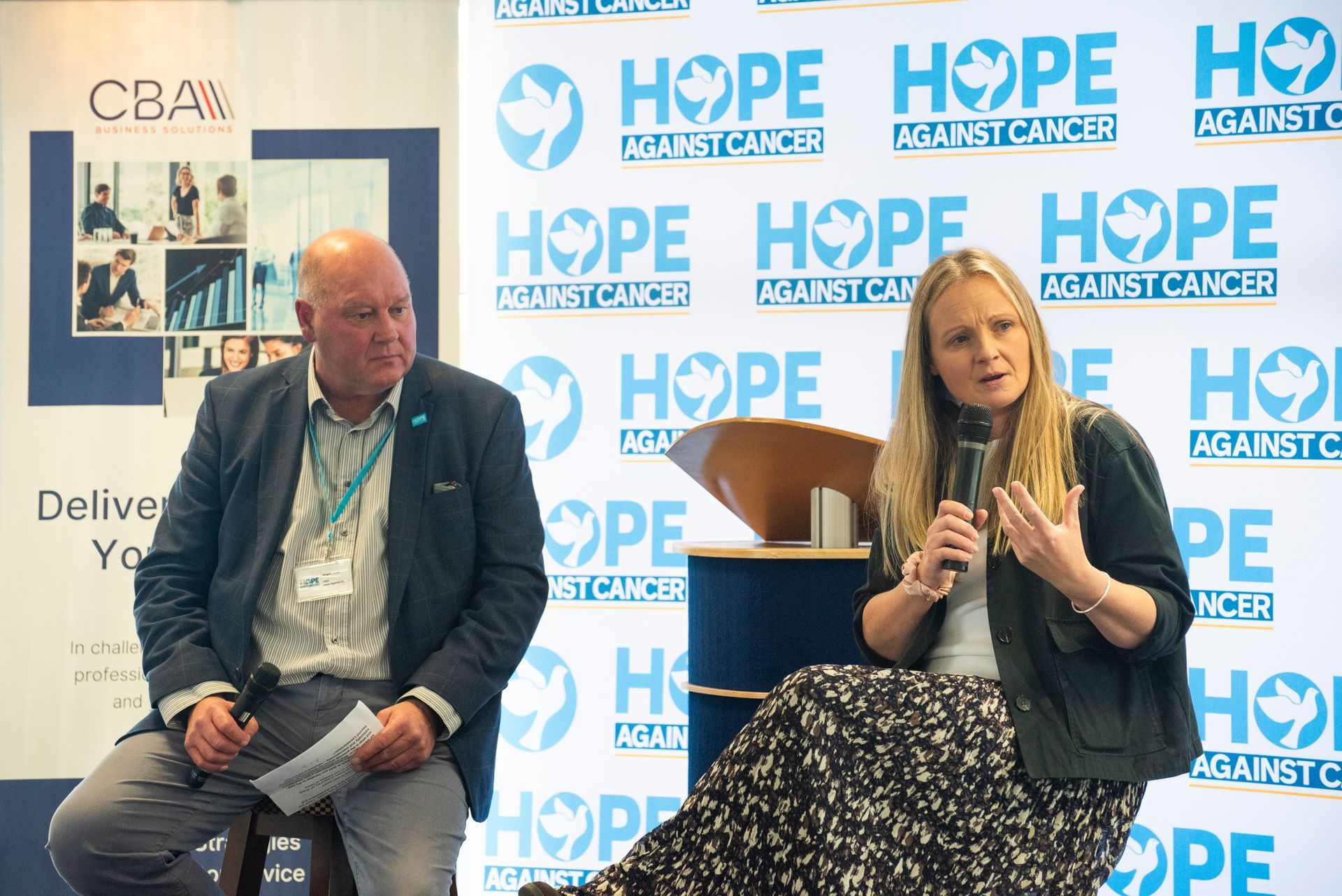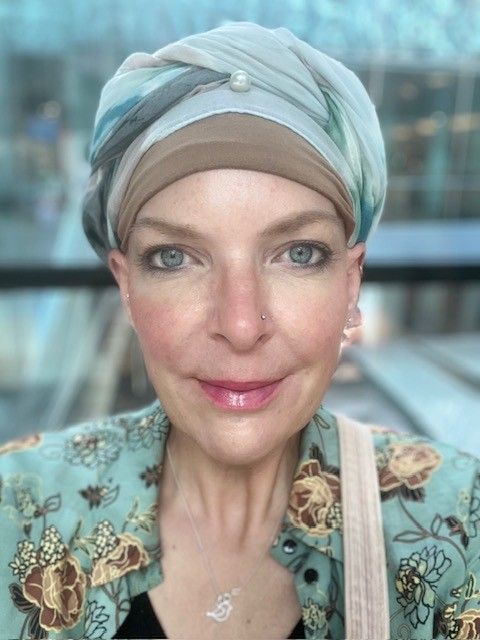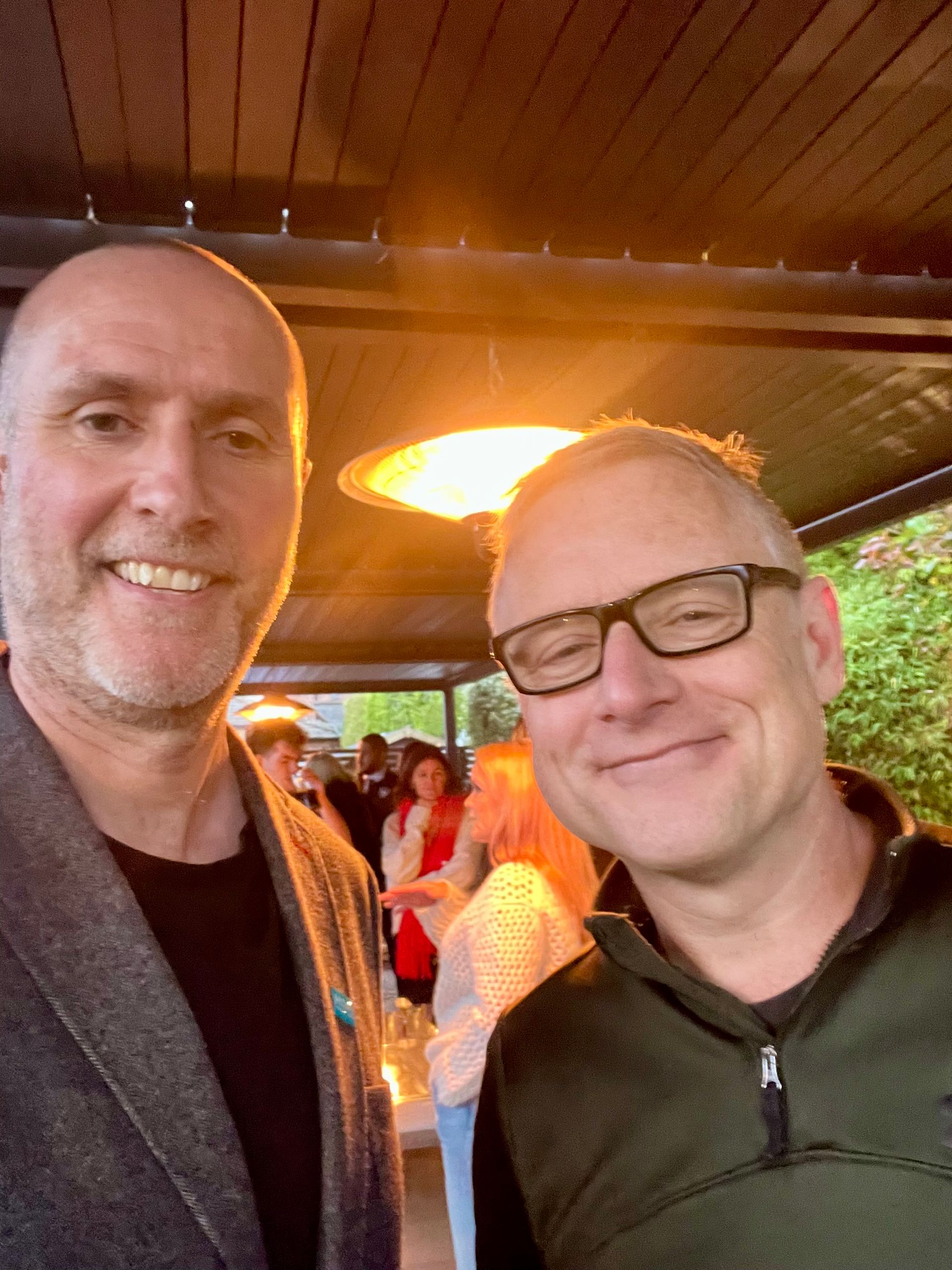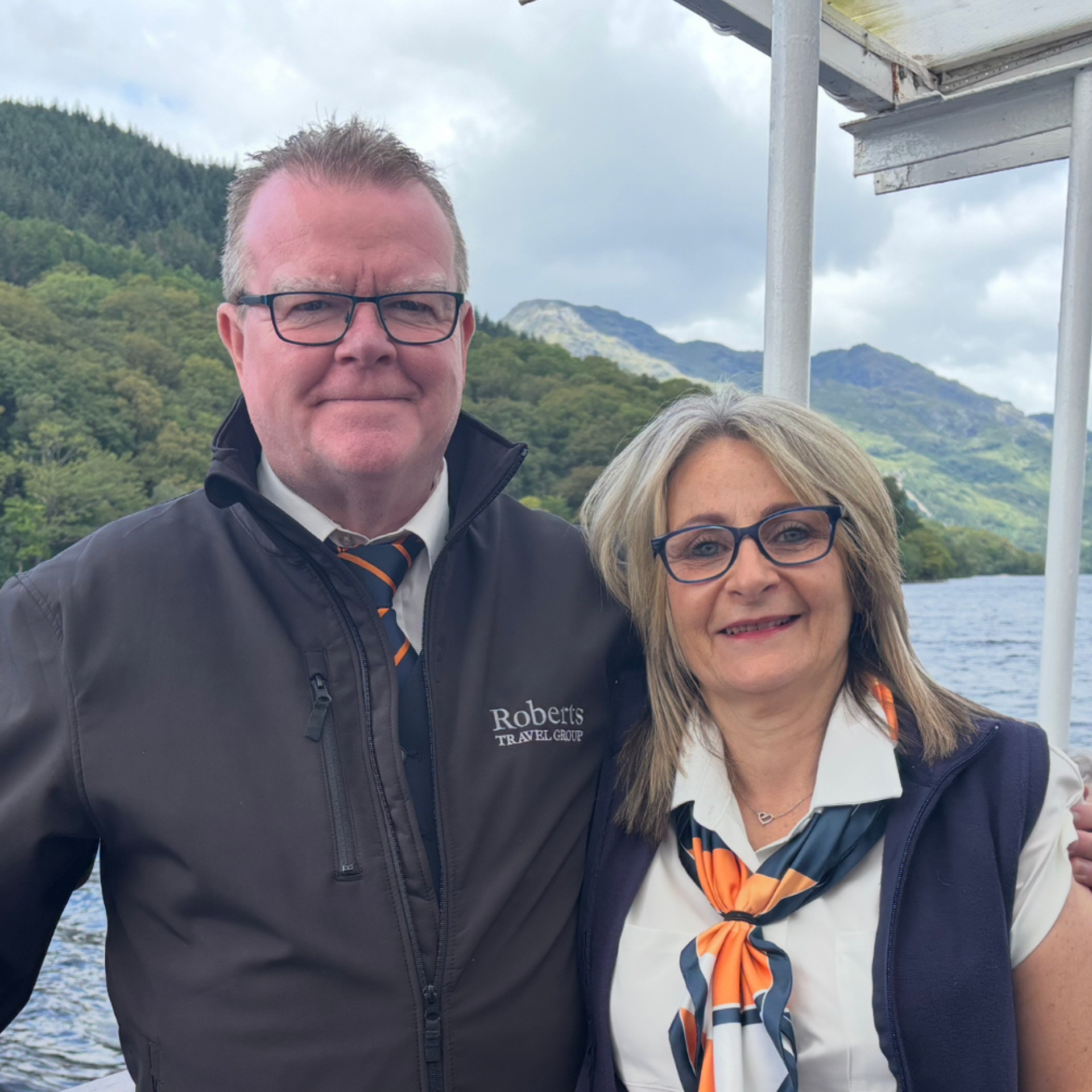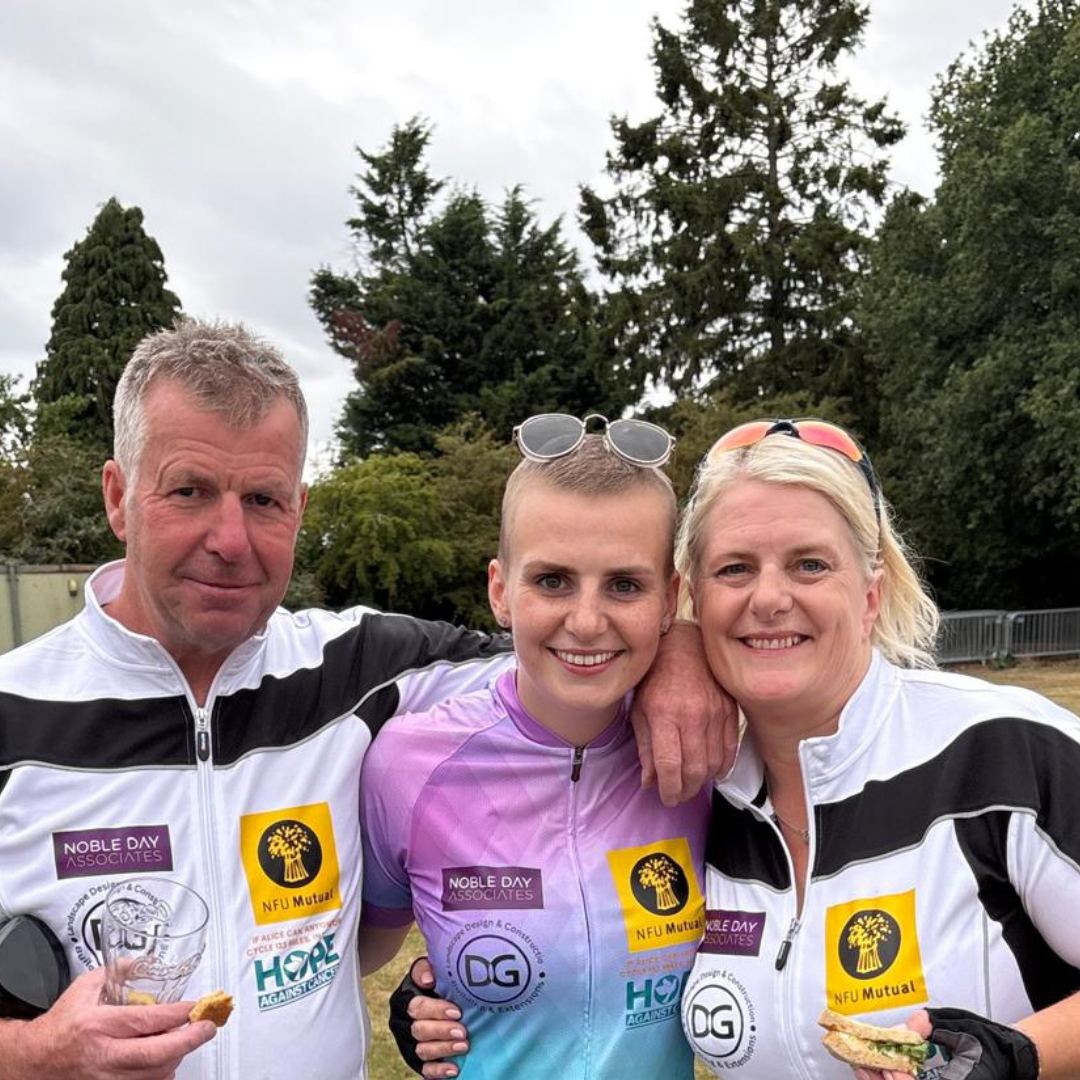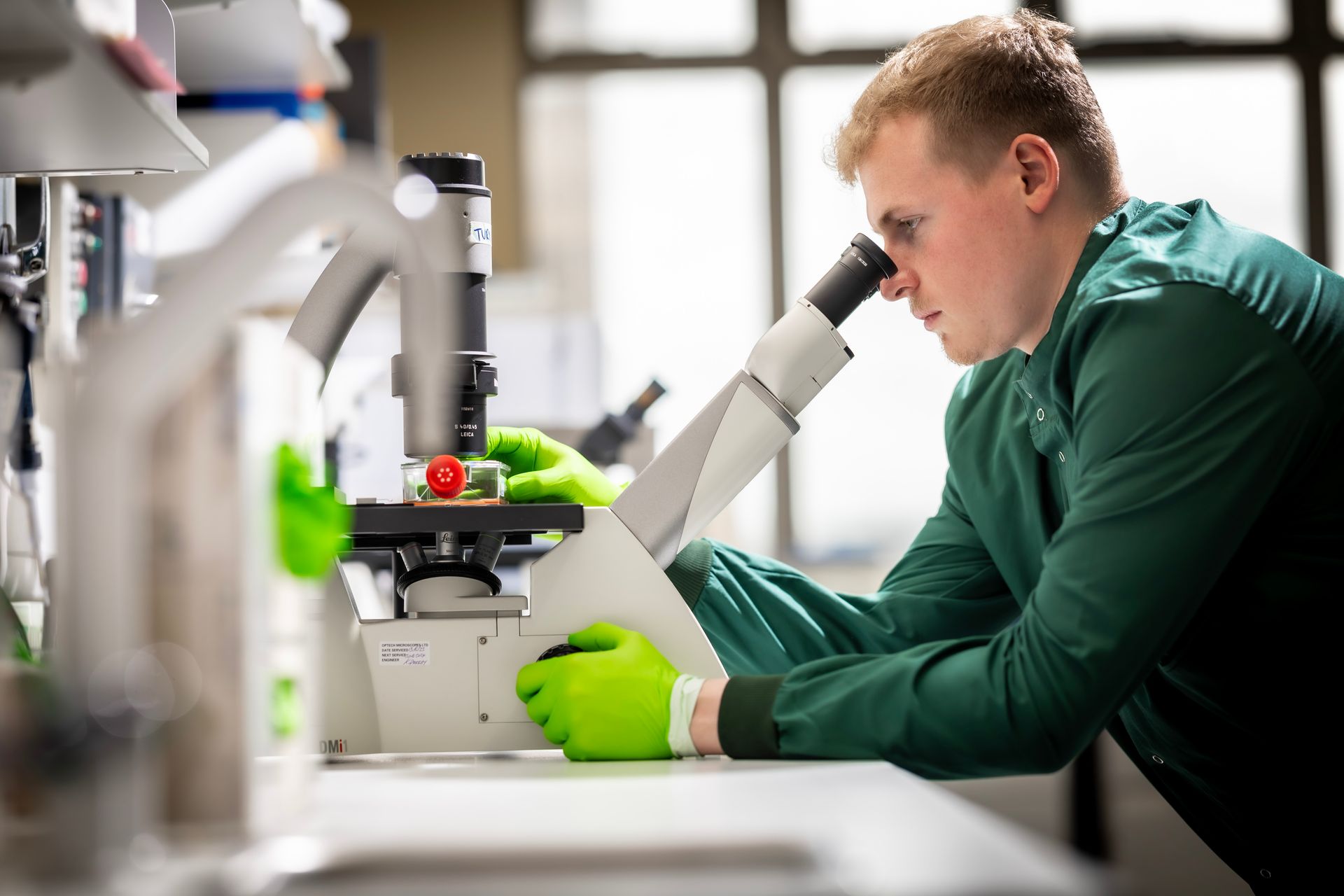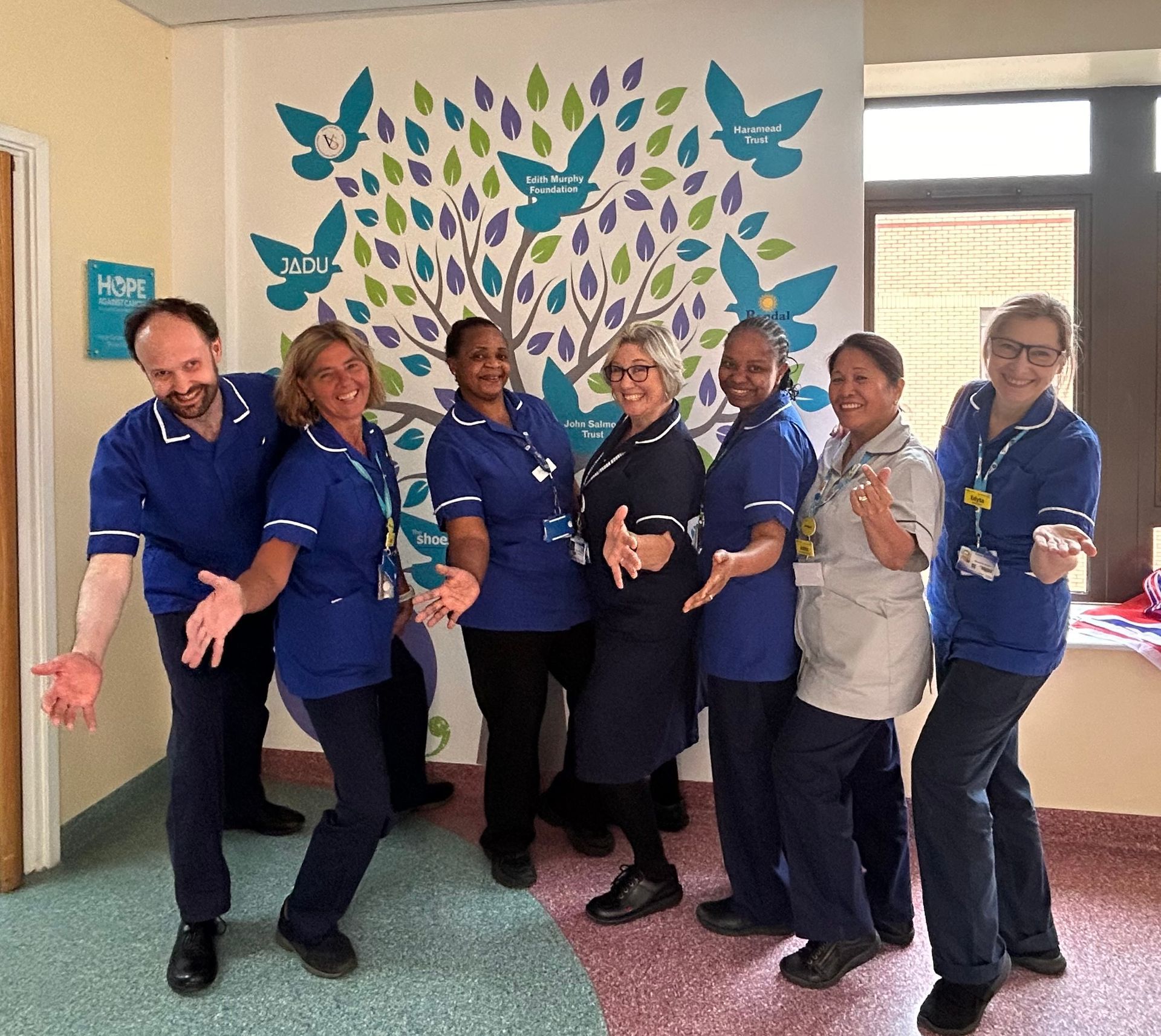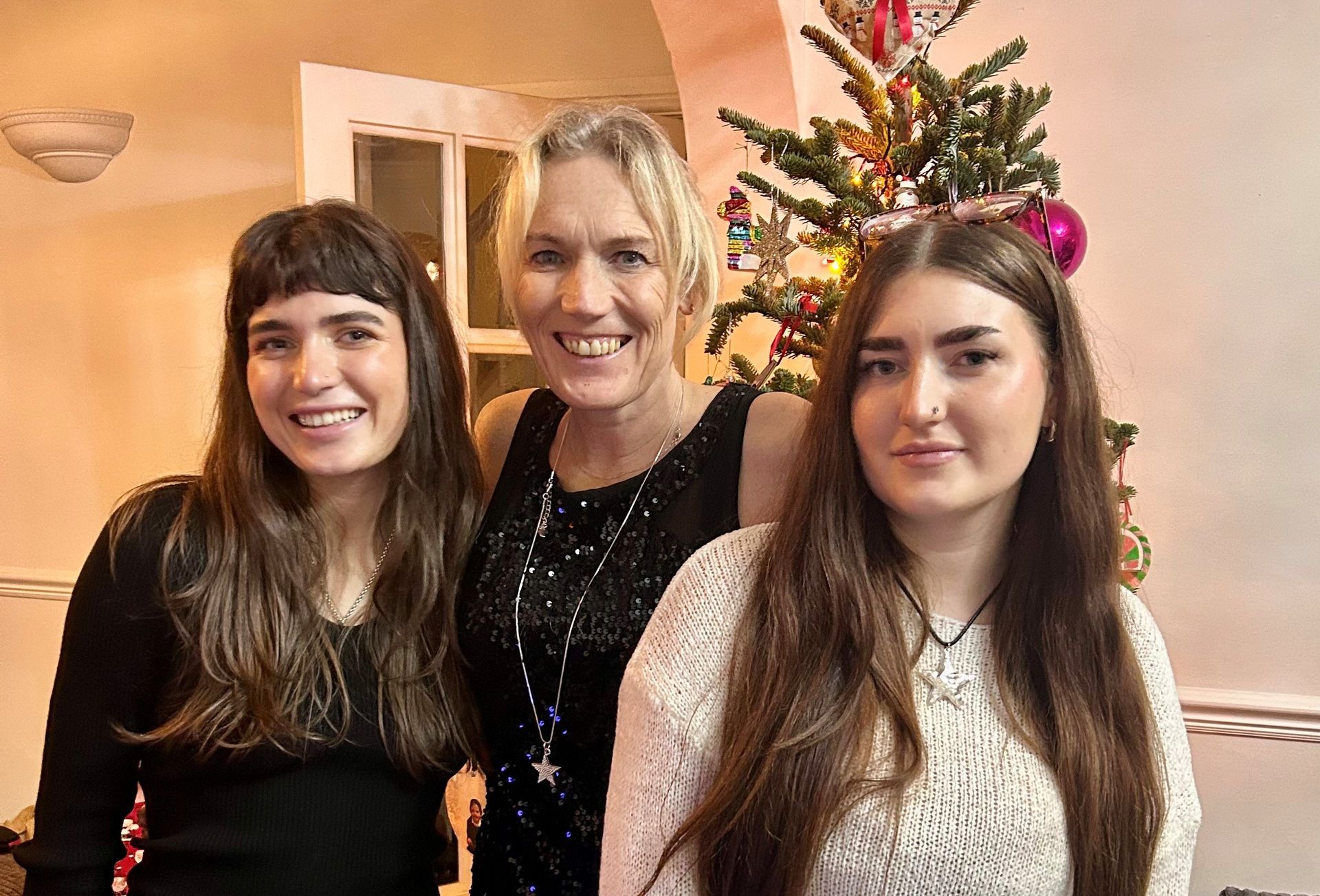David's Story
We want to share with our supporters just how vital the money you raise is to Hope, and how it really makes a difference to the lives of cancer patients.

The vital importance of trialling potential new treatments
We want to share with our supporters just how vital the money you raise is to Hope, and how it really makes a difference to the lives of cancer patients. Meet David Thornton, who has been on a clinical trial with Hope for seven years. At the point that David was referred to the Hope Clinical Trials Facility, all treatments had been exhausted and David was unsure of what the future held for him. Seven years later, David is still enjoying time with his loved ones, and is also contributing to a study that could potentially save lives of future cancer patients. Read on for David’s journey, from his diagnosis, through to his experience at the Hope Clinical Trials Facility…
In 2008 David agreed to play a round of golf with his friend. As they made their way around the golf course, he casually voiced some mild health issues he’d recently been experiencing. Concerned, his friend urged him to visit his local GP.
A brief visit to the doctor saw David reassured that his symptoms were generic and nothing to be concerned about. However, as time went on with no sign of improvement, David couldn’t shake off the nagging suspicion something wasn’t right. A further two appointments later and David received a call from his GP to discuss his recent blood test results. An infection had been detected. David was referred to Haematology in Grantham for further investigation where the devastating news was broken to him. He had Myeloma, a type of bone-marrow cancer.
After what felt like months of slow action and reassurance, everything accelerated quickly that day. David was sent to Boston for a bone marrow biopsy then started on CTD Chemotherapy , which was supposed to be for seven months, however after a few weeks his case was referred to Nottingham. After a fortnight on CTD the decision to stop treatment was made, and David was placed on a “watch and wait” list as they continued monitoring the progress of the Myeloma.
The news of David’s health was a shock to his family, but they rallied around him to show their support. David explained that it was because of them he managed to ‘stay positive and make the most out of things’. David who is married, is also a proud father and grandfather to two grandchildren who were all devastated. His next chapter was just about to begin and he wasn’t ready for this to be his last. Feeling powerless, David tried researching Myeloma himself to try and gain a better understanding of what to expect, but this only made matters worse and the small glimmer of hope vanished.
David was then advised that his case had been reviewed by a team of consultants for his next steps. However, David was not comfortable for a decision to be made about his next steps without any consultants physically seeing him and discussing options with him, and in person.
It was at this stage that David was referred to Leicester Royal Infirmary - two years after his initial diagnosis. David was swiftly introduced to his new consultant and they talked through his next steps together, which was to have a stem cell procedure and register under the Bone Marrow Transplant Unit at the Leicester Royal Infirmary.
David underwent a procedure called Metholan which wiped out his immune system in the hope of returning his stem cells. With hope dwindling, the opportunity of a Clinical Trial was offered. David advised: ‘I was happy to give anything a go, as the stem cell had not lasted as long as it could have so this really was the only option’.
In October 2012 David started his trial at the Hope Facility at Leicester Royal Infirmary and attended every other week for his treatment.
David is now on his 7th year on the trial with 26 visits a year, and on cycle 91, with each cycle being 28 days. In the last seven years David has attended 180 treatment visits.
To understand from David’s perspective what it means to have this facility so local to him, he said, ‘I’d be lost without it, it was my last chance and to be offered this meant a lot, not only to me but to my family too - the Hope Team have been fantastic!’
When initially contacted to ask if he would be willing to share his incredible story and journey, David jumped at the opportunity. When asked whether or not someone going through a similar experience as him should take the opportunity of a clinical trial, he responded: ‘Go for it, you have nothing to lose and you could not only change your situation, but the lives of others in the future!’.
